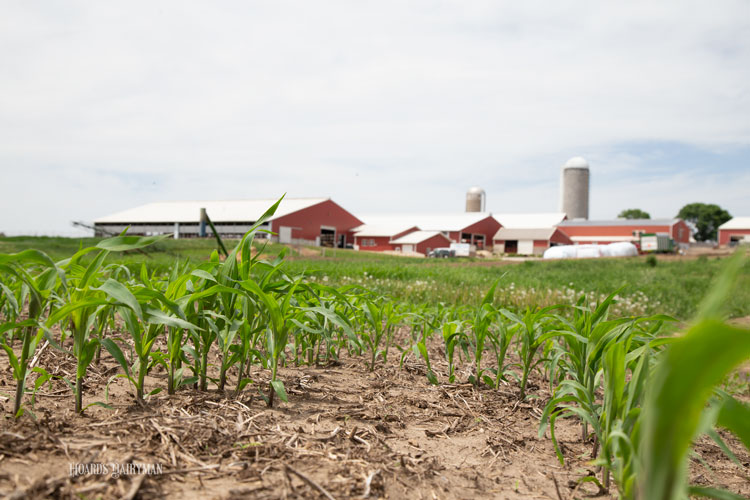
With a growing world population, we hear time and again that we will have to feed more people with fewer farmers and less resources. If we take a look at the amount of land available for production agriculture, this is certainly true.
Roger Cady has spent the past decade of his career doing sustainability research, first for a pharmaceutical company and now as a private consultant. He spoke on that topic at the annual meeting and convention of the American Jersey Cattle Association held in Canton, Ohio.
Cady listed six key environmental performance indicators that agriculture needs to focus on:
• Air quality
• Energy consumption
• Water utilization
• Land
• Waste
• Habitat biodiversity
Talking specifically about land, he shared that 26 percent of the world’s surface area is land. Less than one-half of that land (10 percent) is devoted to agriculture, of which 7 percent is grassland and 3 percent is cropland.
Right now, that equates to half an acre of cropland per person. Based on trends in urbanization, overgrazing, poor cultivation, and so forth, the amount of productive cropland is going to shrink. Before long, it will amount to just three-tenths of an acre per person.
How have humans solved this problem of limited agriculture land in the past? “We moved from regions of scarcity to regions of plenty,” Cady said.
“Mankind has a bad habit of using up the resources they occupy and then moving on,” he explained. “The problem today is there is no more unoccupied land to move on to. We have to learn how to get more from less.”
Dairy farmers are certainly not alone in this predicament.
“This is an agricultural challenge, across all species, across all crops,” Cady said.








